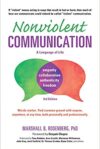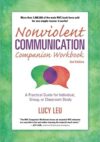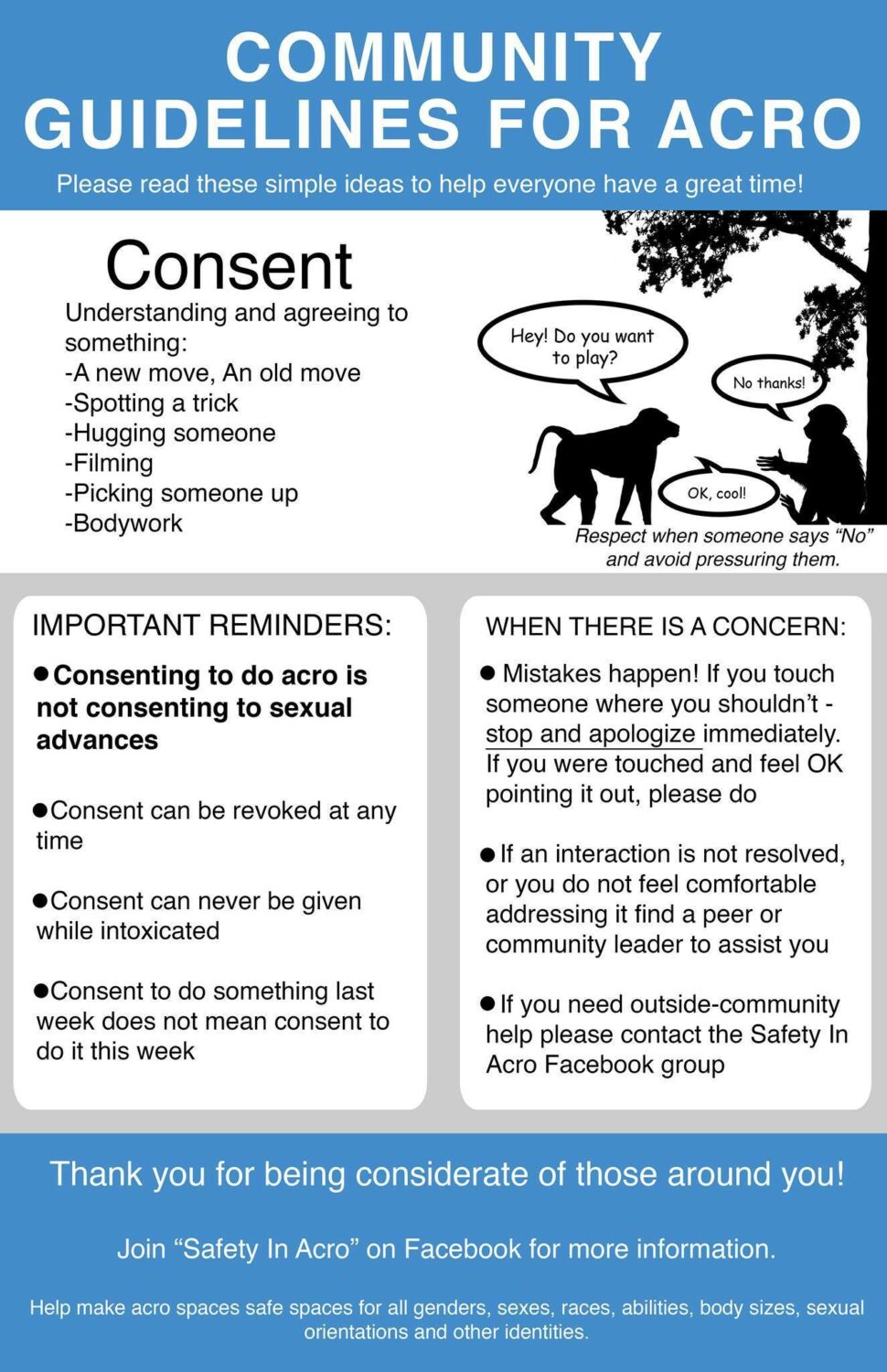Safety In Acro
We pride ourselves from living a life to the extreme while maintaining healthy bodies and healthy relationships. Historically, as practitioners and teachers, we have a very low rate of injuries and we want to maintain or lower that rate. During the years we have managed this by following a simple list of safety precautions. The more conscious we are about creating and following safety protocols from day one, the easier it was to make it part of our standard approach to life and for it to be our default way to practice. Having clear and strong safety standards allow us to play hard without having to worry about the consequences.
The following is our safety checklist. We follow it – with slight modifications – while practicing yoga, slack, acro, handstands, going on adventures and teaching.
Environment
1) Landing surfaces: Regardless of the location we are practicing – indoors and outdoors – we want to consider the quality of the ground required for our practice. All our practices involve the risk of falling. Search for the best or appropriate landing surface for your practice. This may range from flat grassy areas to puzzle mats, foam mats or spring floors. The quality of the substrate will be the deciding factor in the skills you are practicing and your skill level. Secure the best location possible or adapt your practice for the available location. Then take your time clearing out the practice area.
Remove any possible obstacles (rocks, sticks, water bottles, jackets, shoes, cellphones) and make sure they stay clear from the practice area at all times.
2) Proximity to others: Give yourself a generous fall zone. Consider static and non-static objects (such as other practice groups) that could cause any danger and maintain your distance.
3) Obstacles: Keep in mind other obstacles that could compromise your practice such as bright lights, loud noises, pets and kids. As a good lifeguard, constantly scan the training area for possible risks and deal with them immediately.
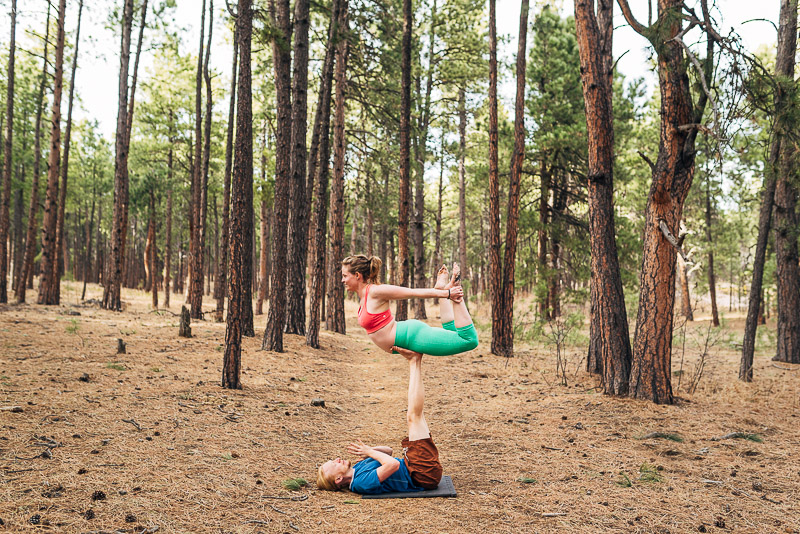
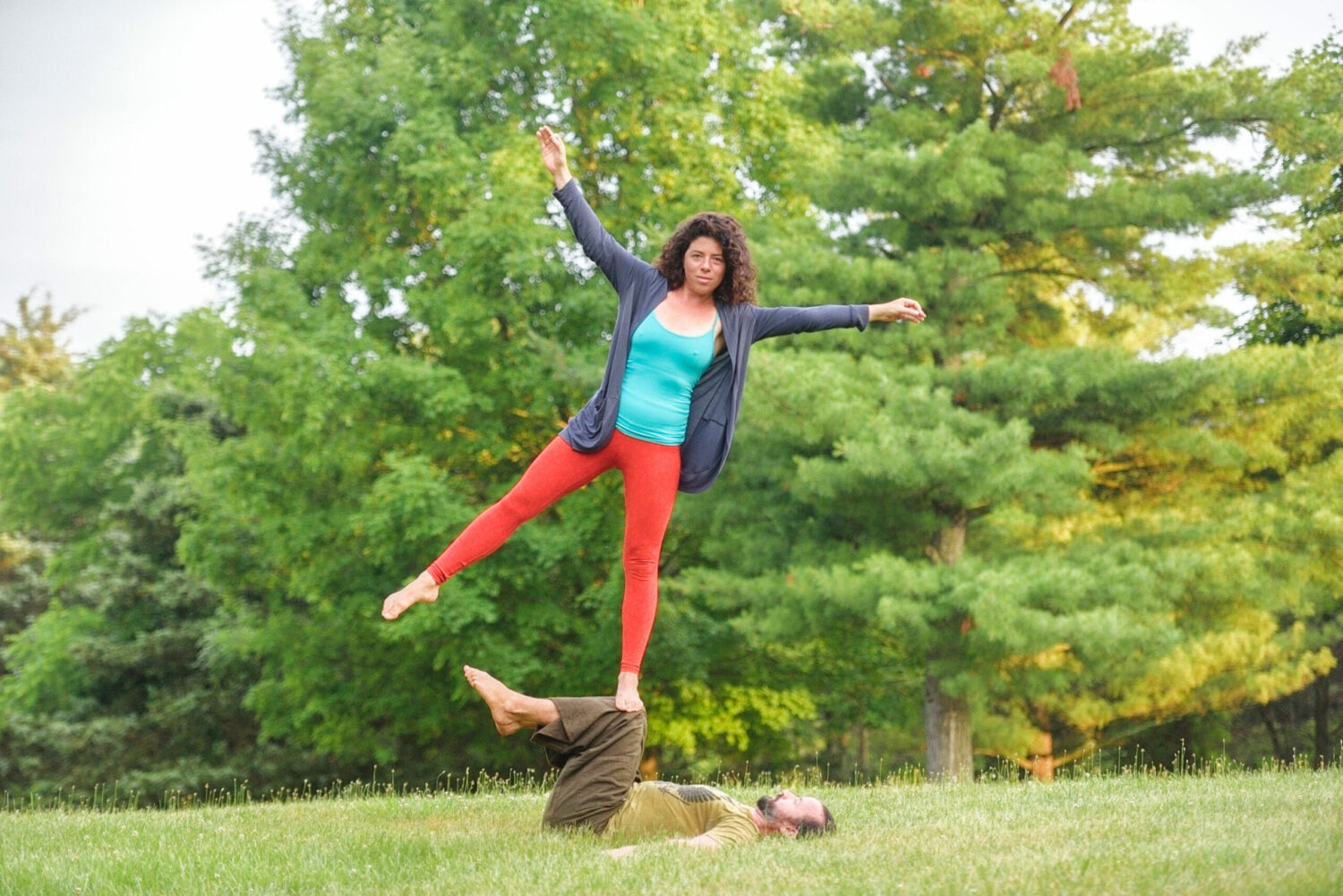
Honest Self Assesment
Honest self assessment is about recognizing your skill level (knowing what you know) and honoring where you are at. Before starting a solo, partner or group practice, we recommend taking some time to center, to listen to the state of your body and mind and to utilize that information during the planning of the training session. Honest self assessment is something that can only be developed by practice. How can we know what we can do when we have not tried it? The more we practice, the more we will be able to assess our potential to succeed on a certain skill. This is where coaches, teachers and pre-reqs come into play. They can help us understand where we are at any given time.
It is our responsibility to understand that the ability to do a skill varies depending on our emotional, physical and mental state. However, it is imperative for our safety, and the safety of those around us, to understand that our ability can also be influenced by external factors, such as the environment (exposure level on a line), social factors (who is watching) and the current state of our training partner.
Here are few things to keep in mind:
Physical: When trying to assess ourselves start by considering any physical limitations. These may come in the form of an injury, mobility limitations or energy level. Ask yourself how is your body feeling in relationship to the skill that you are about to perform. Have you done the pre-reqs before? How did it go?
Emotional: Fears and frustrations definitely impact our performance. Do an emotional check when considering a skill and honestly ask how it makes you feel. How do you feel about doing the skill? How do you feel about doing the skill here or with this partner and/or with this spotter?
Mental or Attitude: Linked to our emotional state is our mind set. Are you today in a ‘I can do it’ mental space or not?
Social: Keep in mind that the social environment can affect your performance and risk tolerance. Allow yourself to question if the current environment is the space to do certain move, try a new pose or stick to the tried and true.
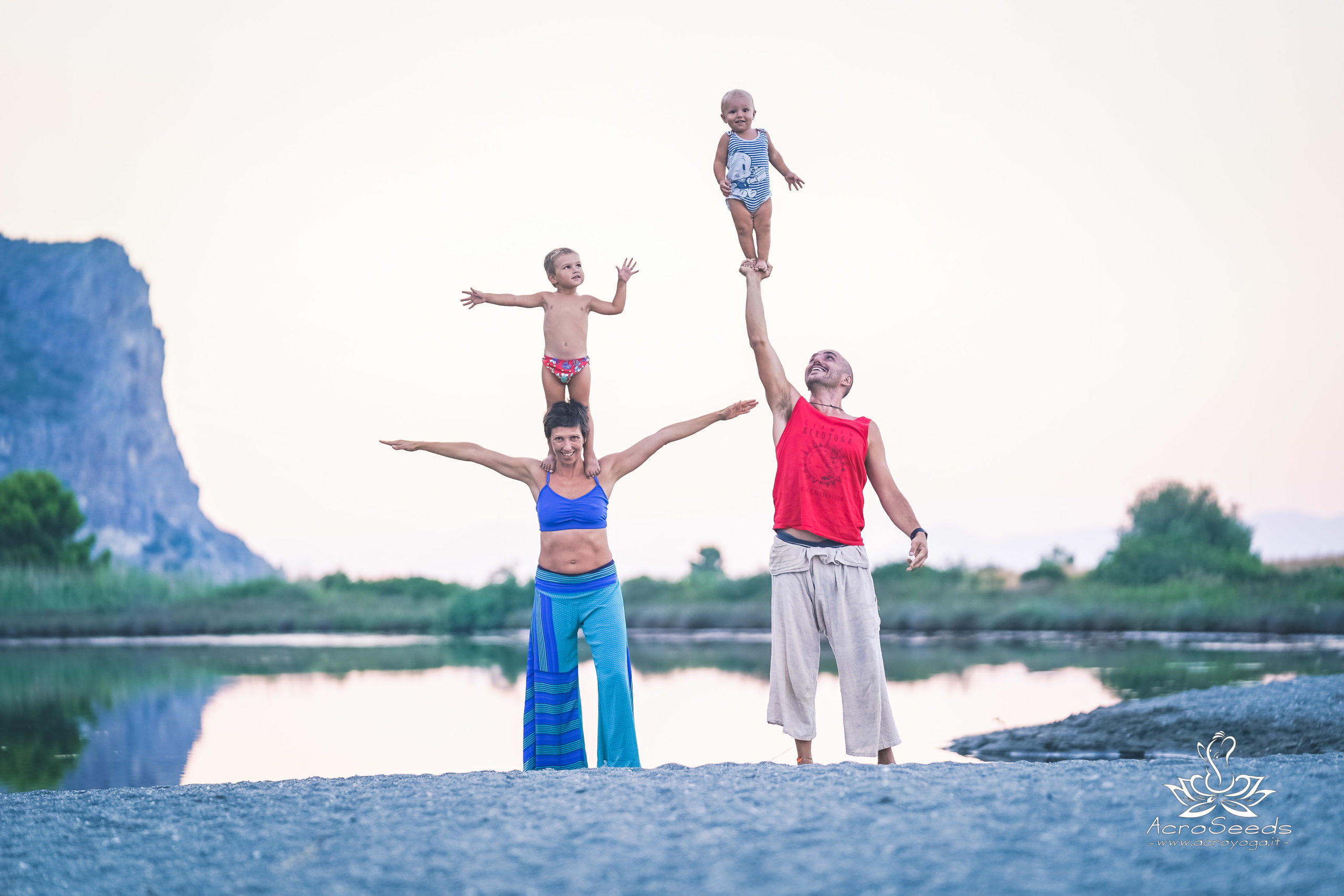
Honest Self Assessment is a combination between our understanding of our ability to do a skill (solo or with this partner) and our risk tolerance. This is the thing that has kept us safe throughout the years. We promote a low risk tolerance for training and teaching. Safe and thoughtful progressions and strong focus on fundamentals are all about lowering our exposure to risk. We practice skills until is hard to fail. We practice fundamentals over and over. We geek out on searching for new teachings hidden on foundational principles.
We think is important to be as honest with yourself as possible while assessing your skill and risk level. If you are unsure, talk to a more qualified practitioner, teacher or coach. And above all, communicate your assessment with your training partners.
Communication
Communicating with kindness, softness and ease will increase our ability to connect with others and ourselves.
We can communicate in two main ways:
- Did I receive someone else's feedback with grace?
- Did I receive someone else's feedback with grace?
Additional Resources
Consent
Consent happens when one person voluntarily agrees to the proposal or desire of another one. It is about expressing, listening and accepting the boundaries of an individual. A very important aspect of safety and developing trust, is the ability to ask for consent and to listen for the consent being granted or denied.
We want to be comfortable expressing our desire to do or not to do a skill, to practice or even to be touched. While at the same time we are constantly asking and listening to consent being given, not given or denied.
Safety can be compromised when a partner does not listen to the lack of consent regarding flying, basing or spotting a skill. Not only the physical safety of the individuals is compromised, but the trust and connection between the partnerships can be injured by the lack of acknowledgement of someone’s boundaries.
A simplified guideline for consent is: Ask your partner if they would like to do a skill. Then listen to their response.
No is no.
Maybe is still a no.
A forced or coerced yes, is also a no.
Yes! Is yes!
If something happens in which you observe or experience the lack of consent, address it immediately. If you do not feel qualified to address it personally, find a mentor, community leader or teacher that could help mediate the situation.
Additional Resources
Down
Down is a form of verbal agreement or contract that expresses the desire from any of the people involved on a skill to stop what they are doing and return to the ground. Answering to a ‘Down’ immediately and without the need for negotiation is an essential skill to develop trust and to ensure the safety of everyone involved.
It can be seen as a form of denying consent. “I have consented to doing this pose, and now I don’t.” It is a good idea to review the concept of ‘down’ and what will happen once someone requests it, as not all communities or partnerships utilize the same word, or have the same exit plan upon the ‘down’ request.
Spotting
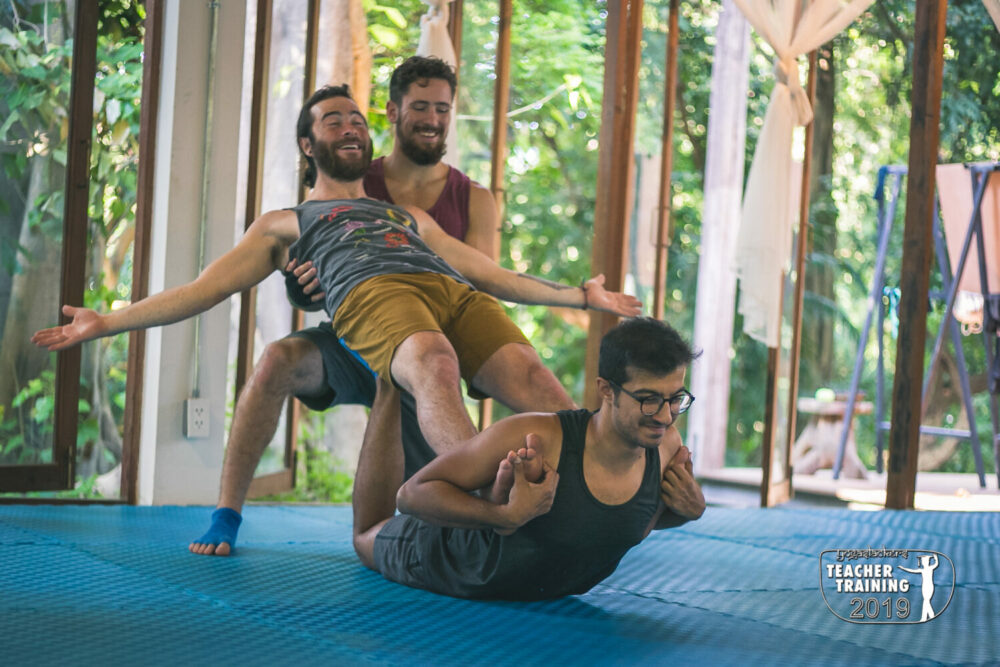
Ultimately, the most important thing about spotting is RESULTS! If the person you are spotting gets hurt, you failed – no matter what stance you took, what part of their body you grabbed, or how attentive you were. We can give you all the techniques and tell you how to spot basic moves, but at the end of the day, spotting is not effective unless you become intuitive, aware, and committed. Furthermore, this includes knowing when to make the decision not to spot. Just make sure you verbalize this decision so no one thinks you are still spotting. If you agree to spot, you are essentially promising the person that you will keep them safe from serious injury – no matter what.
Similarly to a climbing belay contract, we are creating a social contract when spotting. The spotter and spotties should develop an agreement that focuses on safety through communication, honest self assessment and trust.
Before agreeing to spot a skill we recommend you:
- Understand what you are going to spot, as well as areas of likely failure.
- Ask to see easier progressions so that you can become familiar with the bodies and skills that you are spotting.
- Agree on an exit strategy.
- Ask for additional spots if necessary, or refuse to spot if you do not feel safe or capable.
- Communicate your needs to the group, but leave primary communication between base and flyer.
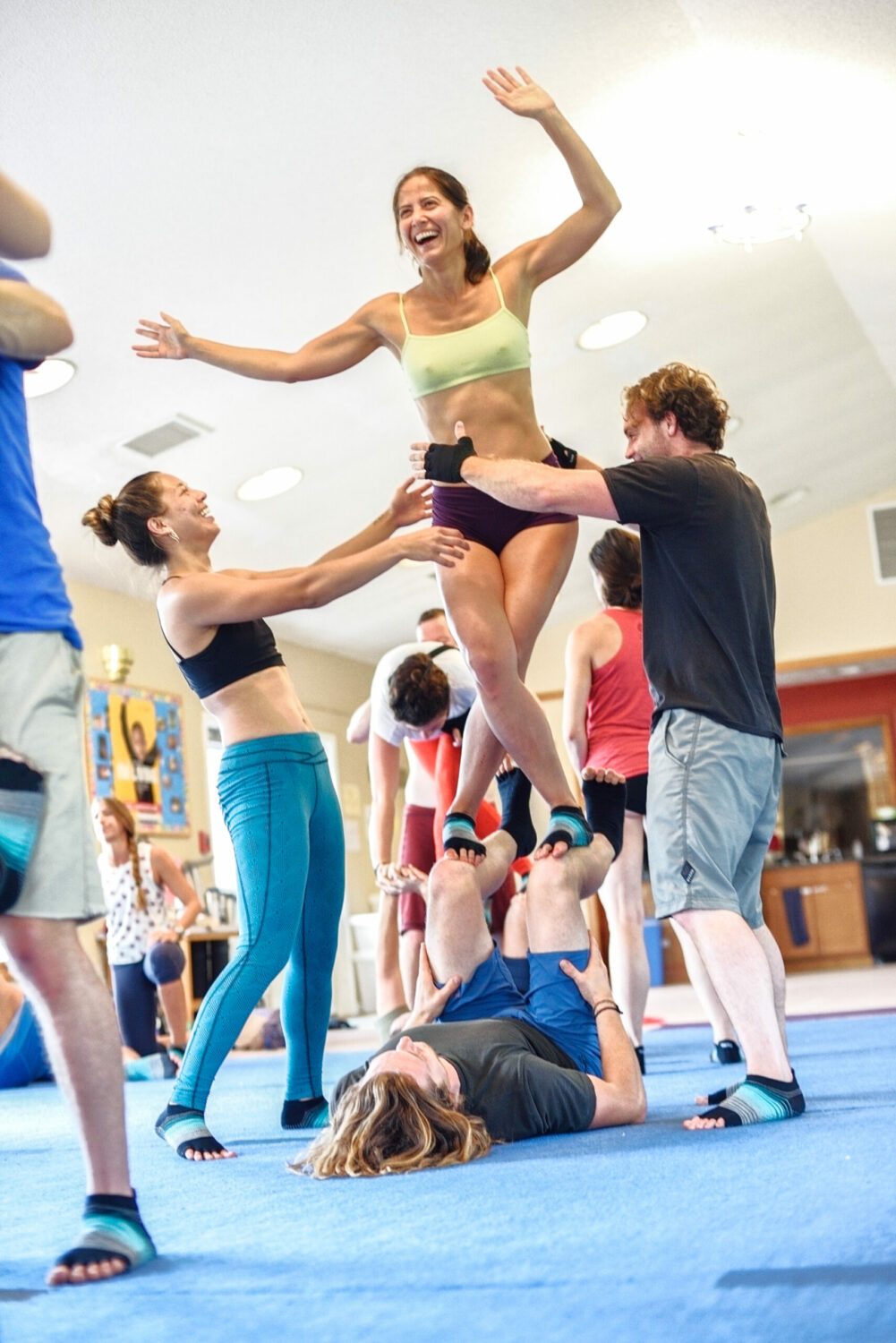
Characteristics of a Good Spotter
- Take care of the flyer or slackliner first! Regardless of their own personal safety.
- Protect the head and neck of the flyer or slackliner from hitting the ground at all cost.
- Assist the flyer in coming gracefully to their feet.
- Redirect their body to a different location or
- Arrest their momentum
- Help the base regain control
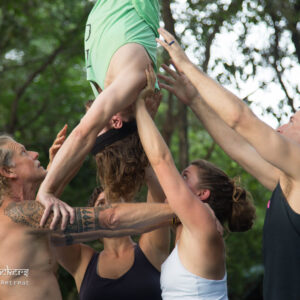
Safety Spot vs An Assist
During a safety spot, the primary purpose is safety. An assist, includes a safety spot and additional help or correction in the pose or transition.
Safety spot: keep me safe
Assist or Correctional Spot: Keep me safe and help me get there or stay there.
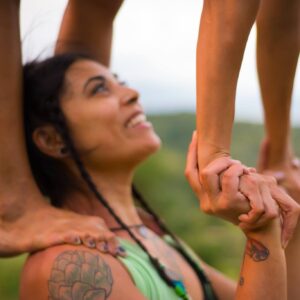
Base as the first spotter
Bases need to understand that with time and practice the spotter will be removed from the equation and the flyer’s safety will be in their hands or feet. The same rules apply: the safety of the flyer comes first.
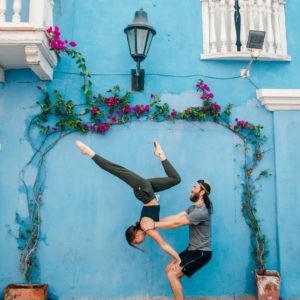
Auto Spot (self Spot)
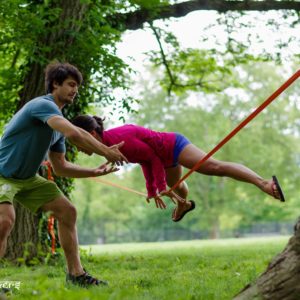
Spotting Outside Acro
YogaSlackers hope to create a culture of honest and skilled spotters who know how to adapt to our ever changing practices and make intelligent decisions about how and when to spot. Although we seldom spot on the slackline, many of these points will help you make smart decisions about when slackline spotting is appropriate. Keep in mind that slackline falls are often less predictable than acro falls, and therefore more difficult to spot.



